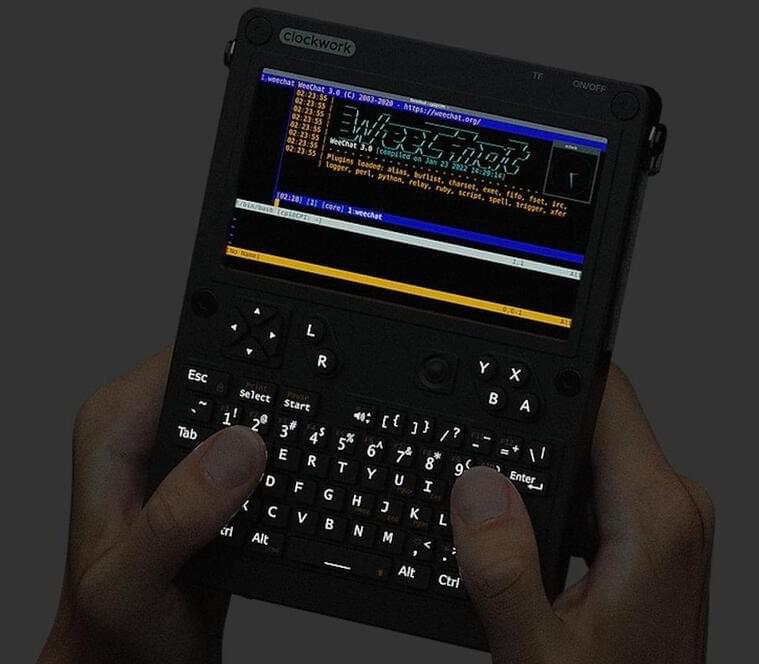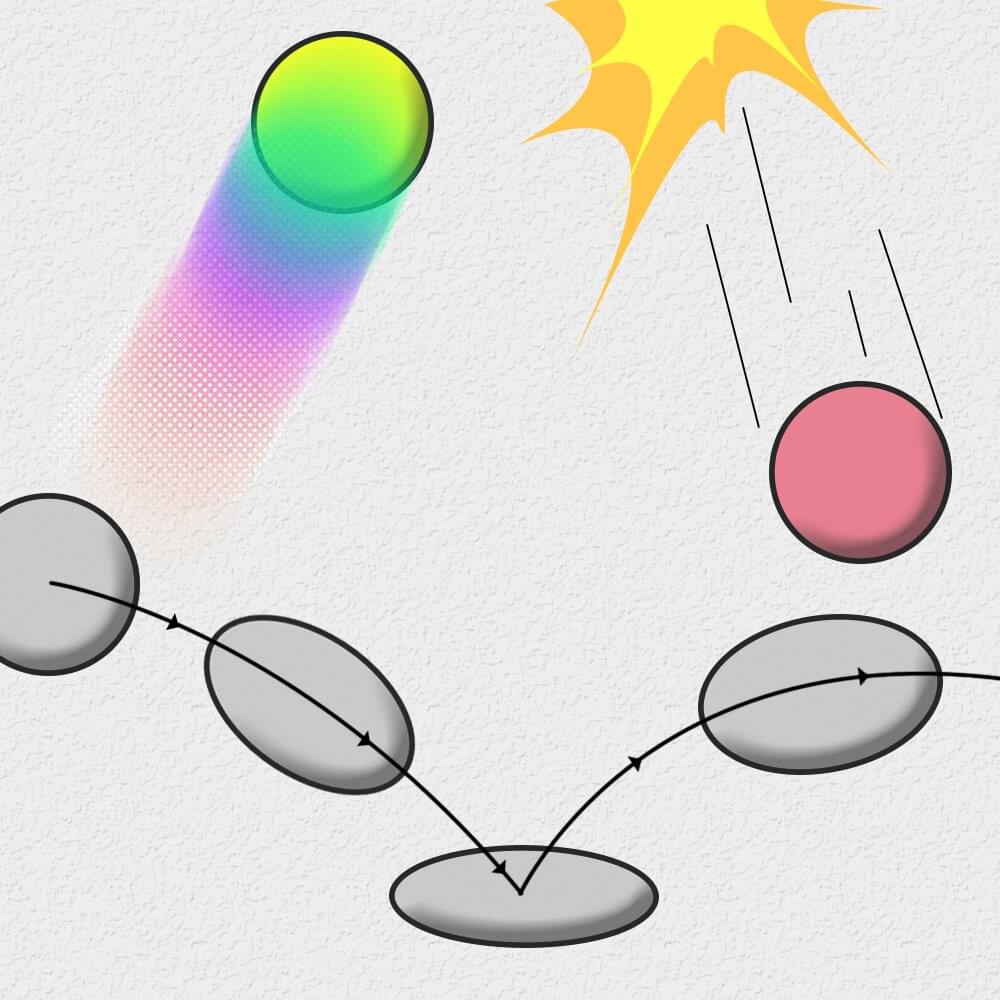We live in very interesting times, especially if you happen to be a tinkerer, hobbyist, or what is commonly called a “maker” these days. From affordable palm-sized computer boards like the Raspberry Pi to the almost magical 3D printers, it has never been easier to bring ideas to life or, at the very least, prototype designs quickly before they hit final production. Not everyone might have access to these parts and tools, though, but those same things have also made it easier to create and sell products that bigger companies would never dare make. Those include niche yet popular designs, like this quirky pocket computer kit that you can assemble on your own to become not just a portable game emulator but a real computer you could use for more serious business, like even developing your own retro-style game on the go.
Designer: Clockwork.





